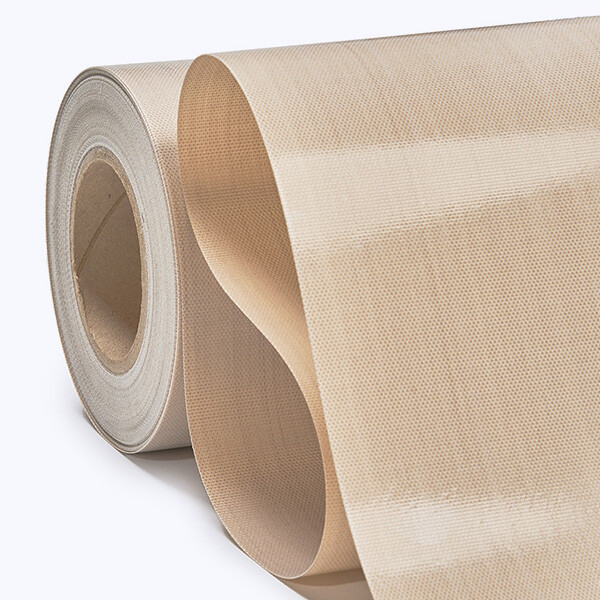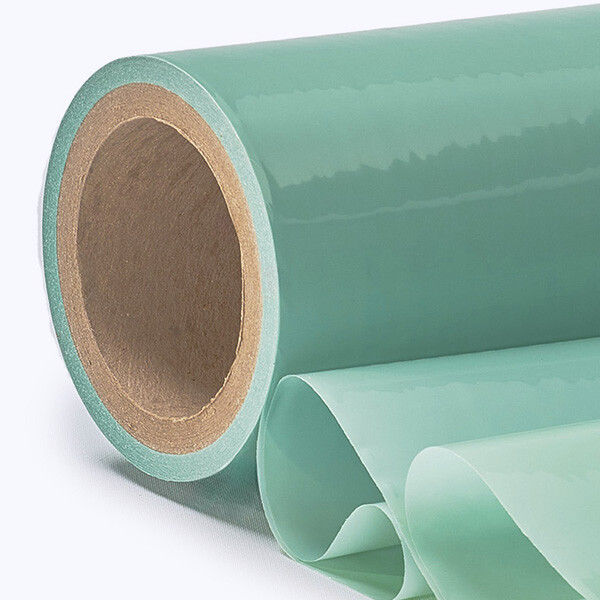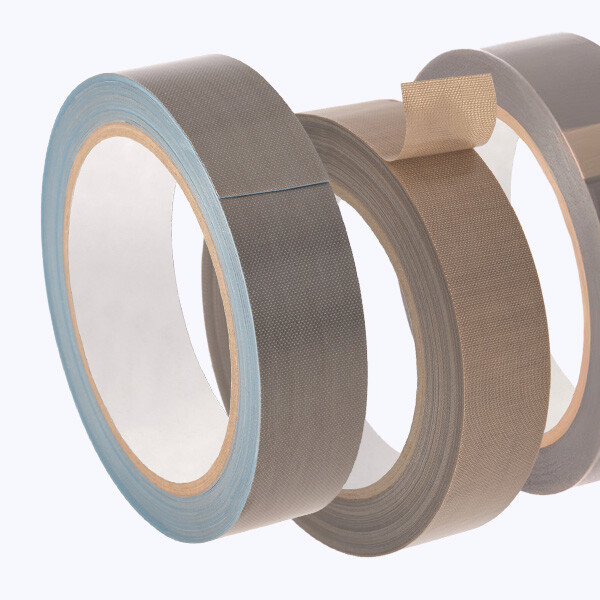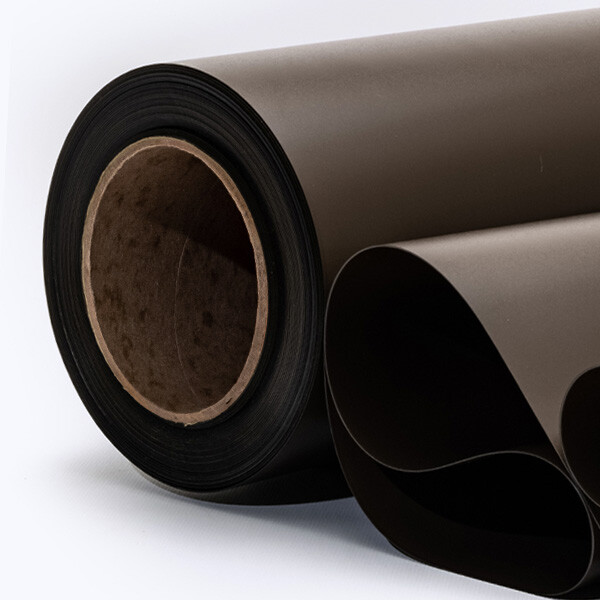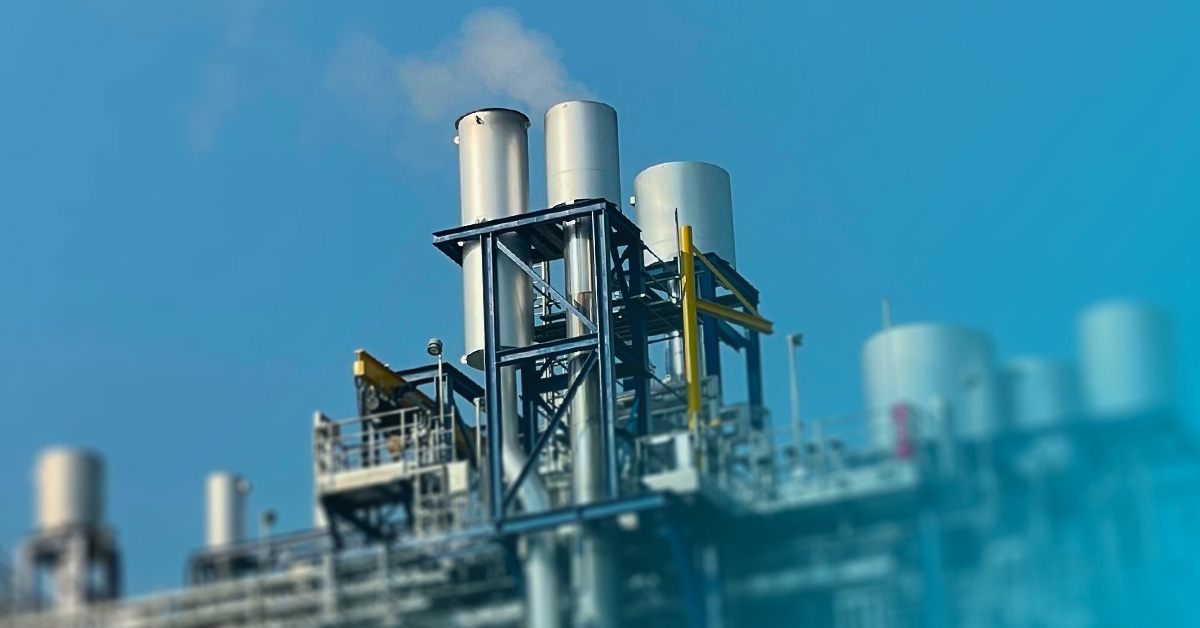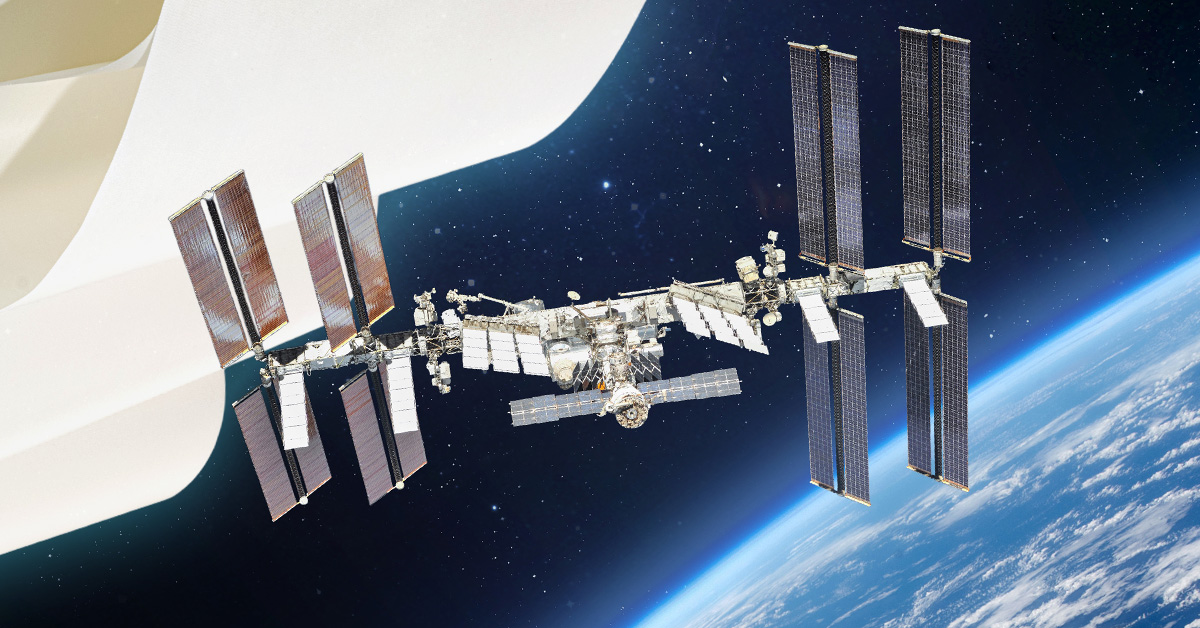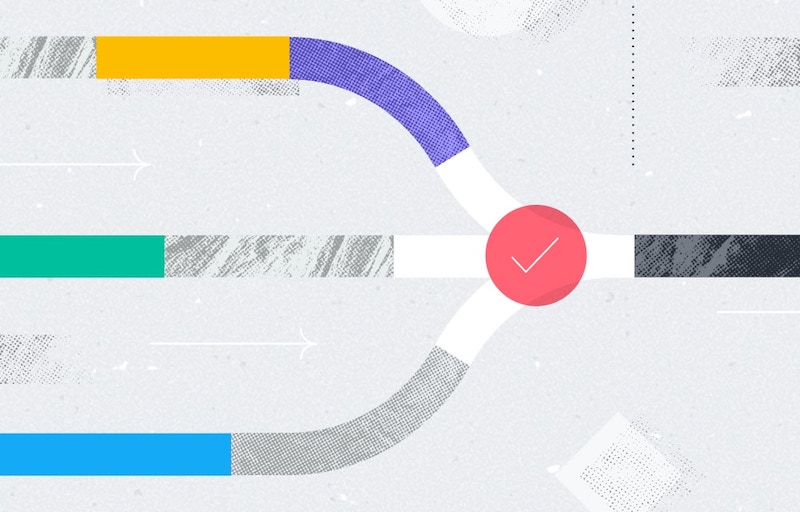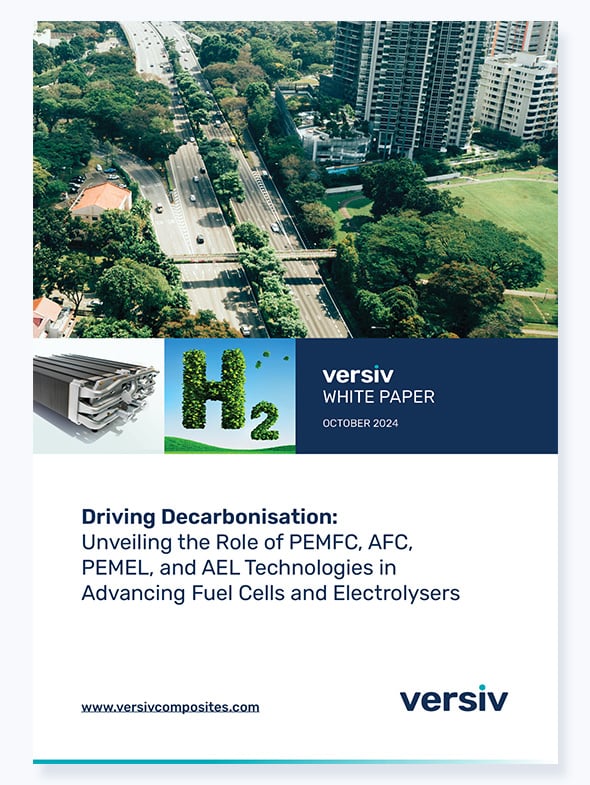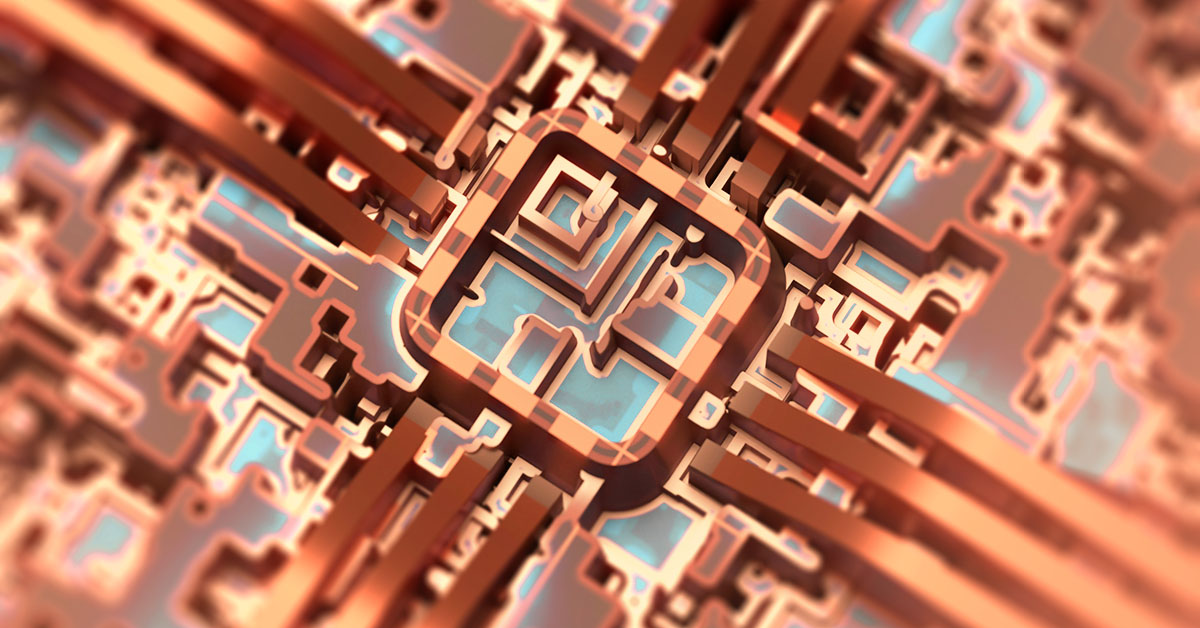
As electronic devices become smaller, faster, and more powerful, the need for materials with outstanding dielectric properties has never been greater. From 5G base stations to IoT devices and AI routers, the demand for signal clarity and reliability is driving a new era of innovation in electronic composites. Advanced copper clad laminates (CCLs) constructed with PTFE-based materials are at the forefront of this evolution, enabling the next generation of miniature, high-performance electronics.
Why Dielectric Performance Matters in Miniature Electronics
Miniaturisation means more circuitry in less space, increasing the risk of signal loss and electromagnetic interference. In high-frequency environments, even minor imperfections in dielectric properties can degrade performance, reduce reliability, and limit the potential of advanced electronic systems. Traditional materials, such as epoxy resins and polyimide, often struggle to maintain signal integrity at the frequencies and densities required by today’s cutting-edge devices.
Due to the formulation and components used, Versiv materials generate relatively low DF value and relatively stable under ageing conditions
Advanced Composites for Modern Electronics
1. Superior Dielectric Properties for Signal Integrity
In order to meet the challenge, CCLs leverage a formulation of PTFE and selected silica fillers. This combination delivers:
- Ultra-low dissipation factor (DF), minimising signal loss even as devices age—remaining below 0.001 in the ultra-low loss area. It amounts to a relatively low DF value and stability despite ageing/ deterioration. The fillers added to the formula achieve this enduring thermomechanical stability. The advantage is elongation, and shrinkage is reduced and low DF value maintained.
- Stable dielectric constant (DK), customisable to meet the needs of high-speed, high-frequency circuits. The DK value can be modified according to what the customer requires.
- Excellent insulation resistance: Reduces the risk of leakage currents and crosstalk between densely packed traces.
- Strong thermal conductivity performance compared to pure fluoropolymers
2. Enhanced Thermal and Mechanical Stability
PTFE-based laminates and films need a certain degree of engineering to reduce elongation and shrinkage. With our capabilities, it is possible to achieve:
- Consistent performance across a wide temperature range
- Minimal dimensional changes during lamination and operation
- Long-term reliability—the materials are chemically inert and resist degradation from UV, humidity, and extreme temperatures
3. Enabling Miniaturisation Without Compromise
For designers aiming to reduce device size, thin, high-performance dielectric films allow for denser circuit layouts without sacrificing electrical performance. This is critical for next-generation flexible printed circuit boards (FPCBs) and compact electronics where every millimetre counts.
4. Durability for Demanding Applications
Versiv materials are built to last, even under extreme temperature conditions. PTFE is chemically inert and does not deteriorate—it forms the matrix for our composite films, ensuring long-term durability. These properties remain remarkably stable over time, as the material does not experience ageing.
A typical smartphone is expected to function correctly for at least two years, with consumers often upgrading around that time. The device must remain resilient throughout this period, and that’s where our materials excel. UV, humidity, and other environmental factors do not age the material within a certain range over time. While materials like epoxy resins or polyimide provide stability, they may not perform sufficiently well in extreme conditions.
In real-world environments—from the Arctic to the Sahara—these composites retain their properties, ensuring devices operate reliably throughout their intended lifespan. Unlike some alternatives, our materials do not suffer from ageing or property drift, even during continuous high-temperature operation.
Ready to learn more or discuss your next project?
Contact our expert team to discover how Versiv advanced composites can power your next breakthrough.
Meeting the Needs of 5G, IoT, and Beyond
Versiv materials can adapt to how the market is likely to evolve in terms of meeting the demands of the next wave of electronic advances of the next wave of electronic advances. There is a growing recognition that material capacity to deal with high frequency 70ghz to 200ghz is limited without PTFE. While the market is currently small for those frequencies, there is an expectation that advanced 5G with sub6 networks and very high frequencies will grow tremendously over time.
Research and industry trends indicate for frequencies above 70 GHz — and especially as we approach 200 GHz — PTFE-based materials may become essential.
Design Advantages for the Next Generation
Versiv Composites advanced composites give electronics manufacturers the freedom to innovate:
- Customisable dielectric properties for optimal circuit performance
- Thin, flexible films that enable creative designs and miniaturisation
- Materials that extend device lifespan and reduce risk of thermal runaway
- Ready for the Future — Together
Versiv Composites is committed to partnering with innovators to deliver materials that not only meet today’s needs but anticipate tomorrow’s demands.


